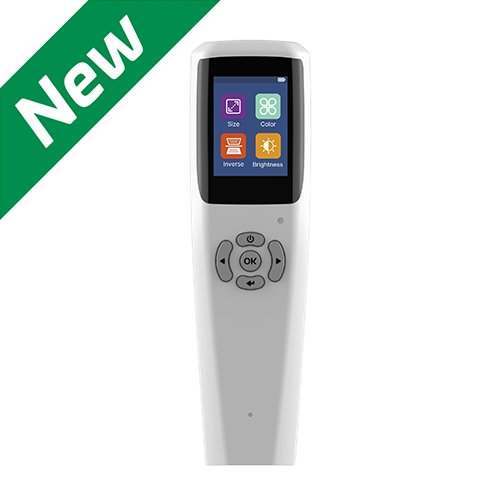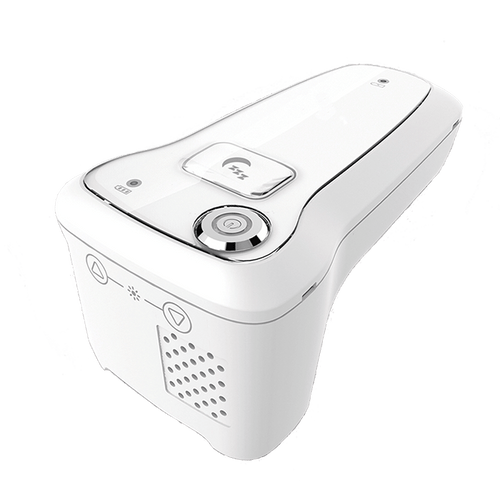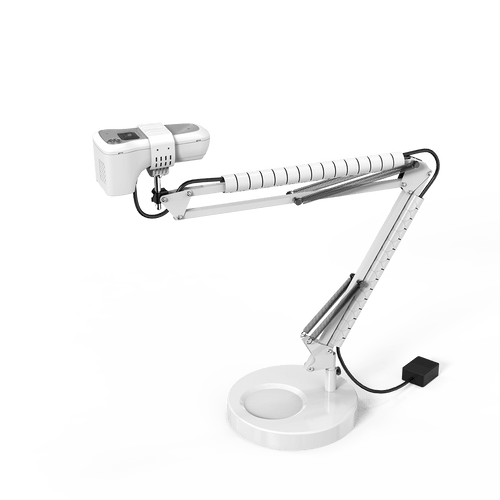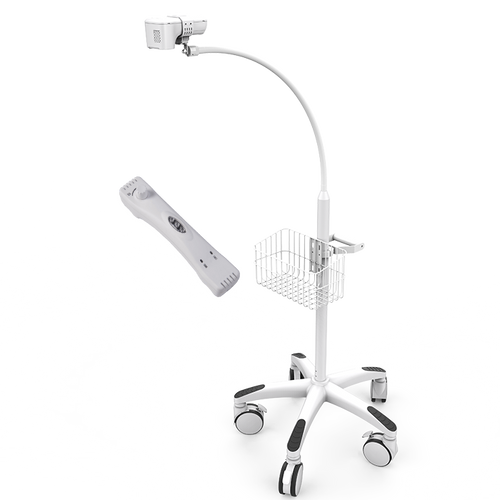7 Tips For Elderly | How to Find a Vein
Inserting IVs In The Elderly
Patients who are elderly can be more difficult to cannulate and bruise easier than younger patients. Aging causes reduced circulation and deterioration of vein walls, making it harder for healthcare providers when trying to access a patient's bloodstream with needles or tubes such as the catheter in this case: "she was so dehydrated that I could not get her IV started."
Keep these tips in mind to make cannulation easier and less painful. The key to inserting a catheter is being gentle, using the smallest tube possible, slowly entering from above where it's relatively easy for them not feel anything. Anchor your vein with one hand and slide into that anchor point before pressure comes on. Slowly insert the tip of the tube but don't go too deep because you could puncture other organs like their bladder or colon which would cause serious problems!
If you're looking to insert an IV in a senior, check out our guide that gives some great pointers and tricks here.
If you are trying to establish venous access in an older adult, it can be difficult. In this article I will review common problems and techniques that work for most people.
As a nurse, you must always be prepared to deal with the problem of veins that are difficult for even an experienced I.V. specialist like yourself! Aging causes many changes in your patient's skin and vein walls which can make it more challenging to find a suitable venipuncture site. Their delicate skin is much easier to bruise would would expand when bleeding occurs underneath making blood harder to see under their thinning subcutaneous tissue layer where veins become less stable as well resulting in potential problems such as "blown" or torn vessels during insertion."
An older patient is susceptible to developing medical problems and having a weakened immune system. This puts them at risk for infections, so it's important that you maintain meticulous technique during insertion of the I.V., as well as throughout therapy in order to avoid introducing bacteria into their bloodstreams. Also remember that your skin preparation may need an adjustment; too-vigorous friction on the fragile skin of an elderly person can damage surface tissue, opening paths for bacterial invasion which should be avoided if possible!
When caring for an older patient, pay attention to less obvious signs of infection. Be aware if they seem confused or tired and don't have their usual appetite. Also watch out for fever (either low or high), slow heart rate, and unusual tachycardia that could indicate the presence of something serious like sepsis .
Here are some suggestions for reducing the risks of venipuncture in older adults that should be easy to understand.
- Be gentle to avoid skin tears. Use a tourniquet made of softer material and apply it lightly, because you don't need one if the veins are well-dilated. Never put a tight tourniquet on an older patient as they might have petechiae, hematoma formation or venous high-pressure backflow which can blow up their vein!
- The smallest catheter possible is one that works well with older patients and can be used for administering medications or hydrating solutions through an infusion pump.
- Note the depth of the vein to determine how flat (10-20 degrees) your insertion angle should be. Most veins are very shallow in relation to their skin surface and require a fairly flat, almost horizontal (10-20 degree), injection angle.
- Before you insert the needle, stabilize your catheter below. Don't obstruct it though because then you can't see where to put in the line!
- With the catheter directly on top of a stabilized vein, avoid side accesses that push it away from your needle.
- Give yourself plenty of time. This reduces the tendency for jerky long strokes instead of short smooth ones and go very slowly but steadily; make one short stroke through the skin and into the vein, feel it penetrate then advance it once inside.
- If your I.V. attempt is unsuccessful or bleeding occurs under the patient's skin, apply gentle but steady pressure for a bit longer than with a younger patient and remember that in older adults it may take longer to form even if they aren't taking anticoagulants so don’t panic and keep applying firm pressure until you get results! If bruising occurs try cool compresses for the first 24 hours to promote hemostasis then warm ones because old people bruise more easily anyway- just be careful not to dislodge any clots when doing this!
Figure:
As we age, our skin becomes more fragile and prone to bruising.
Carefully monitor your patient for signs of infiltration, fluid overload, and infection. Infiltration may not cause immediate swelling but it can change skin color or temperature as the fluid seeps under the skin. When appropriate use I V pumps to regulate infusion rates while making sure preset pressure limits are low . Auscultate lungs for crackles a sign of an impending case of over inflow.
Instruct the patient to report pain or swelling at the site and teach her and her family signs of complications. When discontinuing, remove gently so that there are no skin tears or bruising.
Following these tips consistently not only increases your venipuncture success rate but also reduces the patient's risk of infection.






